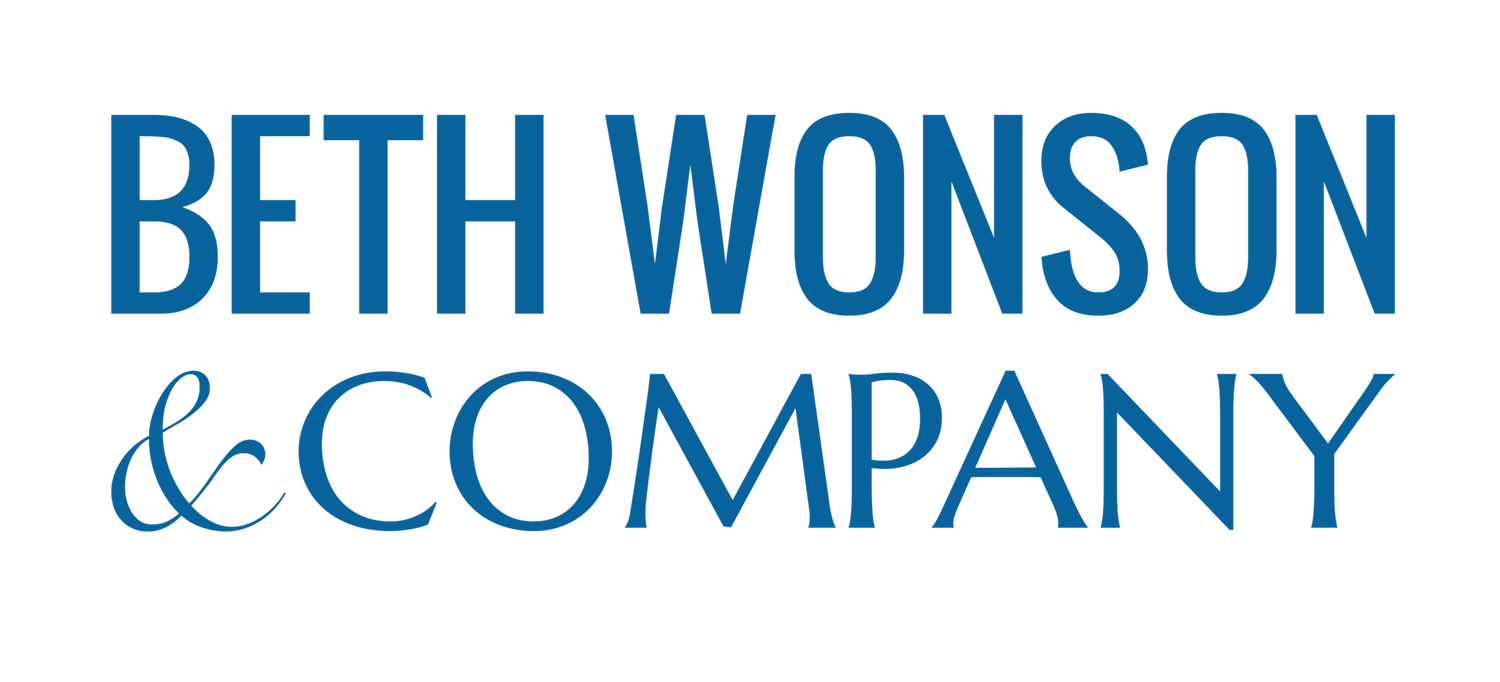Don't Leave Your Teammates Hanging
I was recently working with a very high level team on their dynamics, through the lens of Navigating Challenging Dialogue®. The general consensus was that as a leadership team, they are pretty good. Their definition of “pretty good” included things like politeness and mutual respect for each other.
After we’d worked together for several hours, a participant very courageously spoke up.
“I’m not convinced that when we are working together, we are all rowing in the same direction.”
There was silence in the room. The leader of the team was nodding affirmatively but out of the line of sight of most of the participants.
I waited. No one else spoke. They were all frozen, looking at me for guidance.
“Your colleague has taken a vulnerable and courageous risk to speak their truth. Are you all just going to let them hang out here in the wind?” I asked.
Someone else did speak up, but their comment was not directly related. They were attempting to relieve the discomfort and pressure of the moment. I get it. If you are unfamiliar, or not comfortable, with healthy conflict and truth speaking, it can be very awkward.
I knew my job was to acknowledge the uncomfortable but truthful statement while bringing the group back to the concern about team alignment and accountability. A less skillful facilitator may have also wanted to follow the deflection comment just to ease the way. It can be tempting to lean into making people feel comfortable.
If I let the that statement drop, with no acknowledgment or further engagement from their peers, the lesson of the day would have been, “Don’t be courageous. Don’t risk speaking the truth. Because it isn’t safe to do so here.”
I knew we had to reflect on this honest statement and move through the discomfort because on the other side was change.
I gently guided and facilitated this group to have the uncomfortable conversation that so needed to be had. What became clear was that the group had a list of expected behaviors that were developed and circulated by the leader. But they still needed to have a facilitated conversation to dig into what each norm meant or represented to each person (through the lens which they individually see the world).
In an upcoming session I’ll be working with this group to introduce this list to those who report to and work with the leadership team. Then we’ll be having a joint discussion of what those norms mean to each person, and how they can be integrated.
Have you ever risked speaking truth on your team and been left hanging?
Or have you witnessed someone else be brave and vulnerable and not received support?
I’m sure you have. We all have. And every time this happens, the trust within the team breaks down. But not only that, the ability of the team to become highly functioning also stalls.
When someone becomes brave enough to speak about something that is real, especially if it’s an uncomfortable truth, it can become the catalyst for authentic and sustainable transformation.
I help teams find their individual and collective voices so they can speak truth with empathy, compassion, and with a focus on the good of the whole group. In teams where there is a lack of skill or emotional safety to do so, you may see a politeness that exists but is not productive for moving forward.
Get in touch with me to learn how your team can break through politeness and get to meaningful dialogue.
Have a Question? Let’s Talk Today
You may be facing a challenge or weighing an action and aren’t sure where to start, or what a solution even looks like. Contact Beth today! It’s 100% confidential so you can freely discuss the challenges you’re facing and unlock a path forward. Or Get Started with our resources library and books.
